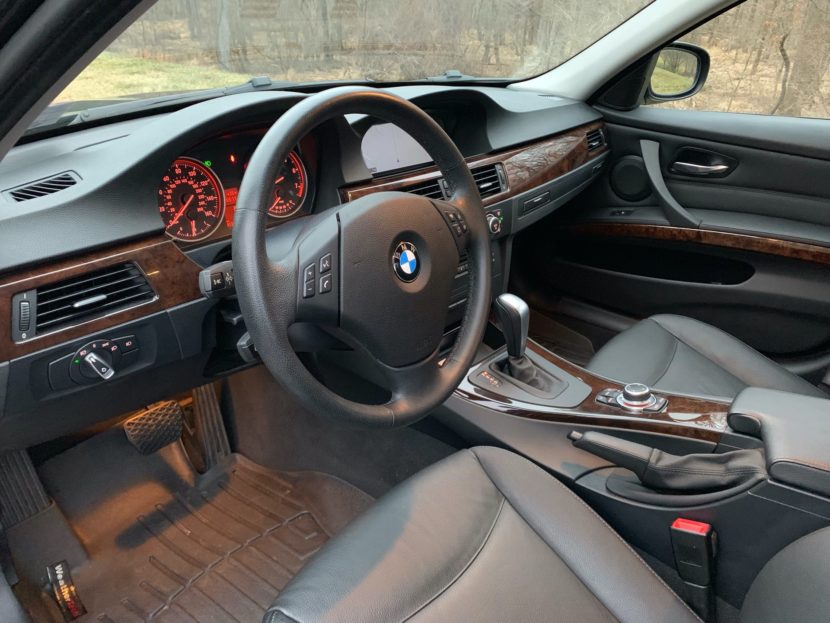Hop into almost any BMW from the mid-2010s and earlier at night, and you’ll be greeted by orange-lit gauges looking back at you. The orange glow dates back to some of the earliest and most historic models – even as far back as the E9 3.0 CS. Most associate BMW with the blue and white roundel. So, why did the automaker opt instead for this – now iconic – shade?
Why BMW Uses Orange Light
Though official channels are light on the subject (no pun intended), BMW has used orange-hued interior lighting for decades because of a pretty simple reason: it’s the best for your eyes at night. Sources indicate that BMW borrowed the concept from fighter jets, which commonly rely on red-hued light to provide pilots with the most consistent and least-harmful illumination. Ships on the ocean do the same, as do astronomy and aviation flashlights.
The benefits of orange lighting in the dark are widely documented. Red-hued lights are the best for night vision; that is, they don’t impact it negatively. That allows you to maintain accurate night vision while glancing away from the gauges – say, out the window – without a significant readjustment.
The Science of Orange BMW Lighting
The exact science behind it is that BMW orange interior operate on a wavelength of 605 nanometers (nm). Red and red-adjacent colors like orange are the longest wavelengths of color the human eye can see. Green is also on the higher end of the scale – which is why night vision tools typically rely on green or red light. These longer wavelengths break down rhodopsin – a protein in your eye’s retina responsible for helping with low-light vision – more slowly than other light, like white or blue.
Obviously, a pure red light would make it very difficult to make out small details (like dashes on the tachometer or speedometer). By opting for an orange color, BMW blends the best of high dark visibility lighting (yellow) and the least harmful to your eyes (red).
Why Not White or Blue Lights?
White and blue lights impact your eyes differently and are in fact the most negatively impactful when it comes to preserving night vision. Sudden exposure to these hues causes the rhodopsin in your eyes to almost immediately break down, causing relative blindness in low-light conditions. It should be noted that this is entirely separate science from the somewhat dubious claims that blue light from electronics can cause long-term harm.
We’re not sure whether or not BMW will bring back the iconic orange lighting. But we think it could be a possibility when you consider the brand’s heritage and the objective benefits orange luminescence provides. It’s the perfect thing to help set the brand apart, too, now that most cars have a series of displays that largely look…well, the same. Here’s hoping.
Will it make a comeback in future BMWs? Stay tuned!








































































